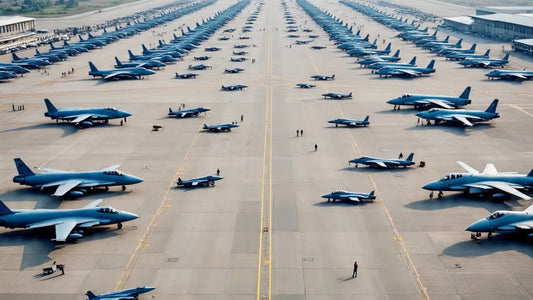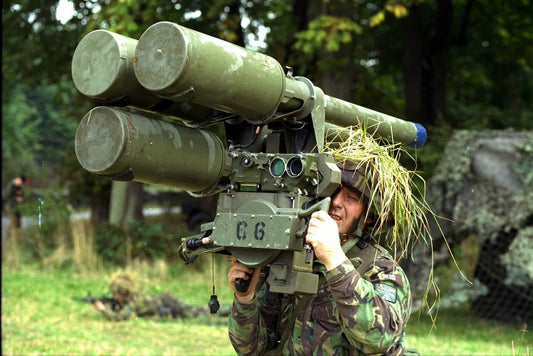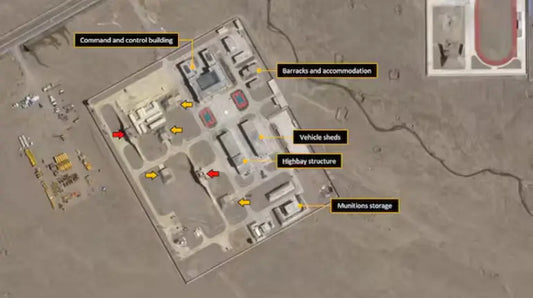"Operation Midnight Hammer: Historic US Airstrike Targets Iran's Key Nuclear Facilities"

In a landmark military maneuver, the United States executed a formidable and thoroughly orchestrated airstrike named Operation Midnight Hammer, aiming at Iran's key nuclear sites. The nocturnal assault, sanctioned by President Donald Trump, targeted the critical locations of Fordow, Natanz, and Isfahan with remarkable accuracy and firepower, signifying a significant escalation in US-Iran relations.
Operation Midnight Hammer was spearheaded by seven B-2 Spirit stealth bombers, which deployed fourteen GBU-57 Massive Ordnance Penetrators. These 30,000-pound bombs are specifically engineered to demolish fortified underground installations at Fordow and Natanz, both pivotal to Iran’s uranium enrichment efforts.
In conjunction with the aerial operations, US Navy submarines launched Tomahawk cruise missiles at the Isfahan site, reportedly aiming to disrupt uranium stockpiles of high enrichment. Over 125 aircraft, including refueling and surveillance units, participated in the mission, marking the largest deployment of B-2 bombers in US history and the second-largest globally.
Military strategists executed an elaborate deception tactic by sending decoy aircraft westward into the Pacific, while the actual strike force moved east, successfully evading Iranian detection systems. All aircraft returned without incident, highlighting the mission's surprise and precision.
Iran acknowledged the strikes but minimized their effects. Hassan Abedini, a spokesperson for the state broadcaster, asserted that crucial nuclear materials had been relocated prior to the attack. Meanwhile, Iran’s Atomic Energy Organization denounced the strikes as a “barbaric violation of international law.”
Within hours, Iran retaliated by launching missiles at Tel Aviv and Haifa, injuring over 80 people. While this was seen as an immediate response, analysts predict a more calculated Iranian reprisal may follow. Iran’s Foreign Minister Abbas Araqchi warned of severe repercussions and accused the United States of inciting regional conflict after diplomatic efforts failed.
Prior to military action, the United States pursued several diplomatic initiatives, including five negotiation rounds led by US envoy Steve Witkoff. However, with Iran's nuclear advancements persisting and no agreement reached, the Pentagon orchestrated the precise operation to alter the regional power dynamics.
Following the strikes, President Trump addressed the nation, cautioning Tehran that the US has numerous targets and is prepared to act again. He emphasized, “Nuclear ambiguity is unacceptable,” framing the mission as a demonstration of American resolve to allies and adversaries alike.
The military action provoked swift and varied international reactions. UN Secretary-General Antonio Guterres characterized it as a “dangerous escalation,” while Russia accused the US of inciting conflict. Calls for restraint came from India, Saudi Arabia, and Oman, all urging to prevent further destabilization in the Middle East.
UK Prime Minister Keir Starmer, while recognizing Iran’s nuclear threat, advocated for de-escalation and diplomacy. Experts noted that even if infrastructure is compromised, Iran's scientific knowledge remains intact, suggesting that such operations may only delay nuclear capability rather than eradicate it.
As Iran vows retaliation and the international community braces for repercussions, Operation Midnight Hammer may become a pivotal episode in the US-Iran confrontation. While showcasing America's unparalleled military prowess, it also prompts questions about the efficacy of military deterrence in preventing nuclear proliferation.
With global attention fixed on Tehran's next steps, the potential for diplomacy to restore regional stability remains uncertain.



















